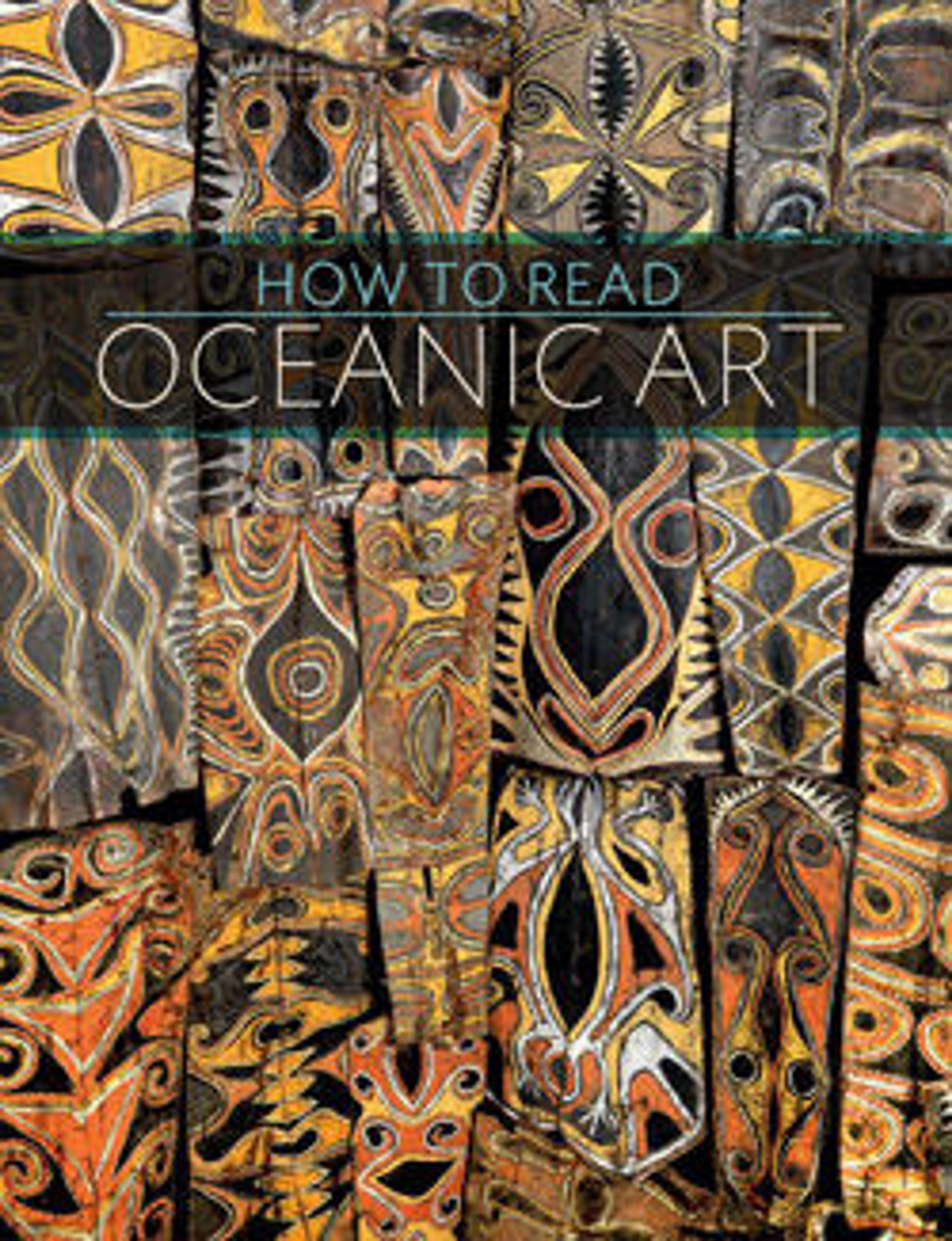Perminangken (container for magical substances)
Prior to the widespread adoption of Christianity in the early twentieth century, magic formed an important element in Batak religious practice. Religious specialists, known as "datu," performed both benign and malevolent magic using a variety of ritual paraphernalia. The most sacred and powerful of the datu's objects was the potion container, or "guri guri." These containers held "puk puk," a powerful substance made from a ritually executed human victim. Puk puk, it was believed, could force the victim's spirit to do the datu's bidding.
The containers themselves were often imported Chinese ceramics, but the Batak carved elaborate wooden stoppers to seal the mouths of the vessels. Many stoppers, such as this example, depict human figures riding horselike creatures called "singa." Combining aspects of horses, snakes, lions, and other animals, singa are mythical creatures associated with fertility and supernatural protection.
The containers themselves were often imported Chinese ceramics, but the Batak carved elaborate wooden stoppers to seal the mouths of the vessels. Many stoppers, such as this example, depict human figures riding horselike creatures called "singa." Combining aspects of horses, snakes, lions, and other animals, singa are mythical creatures associated with fertility and supernatural protection.
Artwork Details
- Title: Perminangken (container for magical substances)
- Artist: Toba Batak artist
- Date: 19th–early 20th century
- Geography: Indonesia, Sumatra
- Culture: Toba Batak
- Medium: Wood, ceramic
- Dimensions: H. 13 1/2 × W. 5 7/8 × D. 7 1/2 in. (34.3 × 14.9 × 19.1 cm)
- Classification: Ceramics-Containers
- Credit Line: Gift of Fred and Rita Richman, 1988
- Object Number: 1988.124.2a, b
- Curatorial Department: The Michael C. Rockefeller Wing
More Artwork
Research Resources
The Met provides unparalleled resources for research and welcomes an international community of students and scholars. The Met's Open Access API is where creators and researchers can connect to the The Met collection. Open Access data and public domain images are available for unrestricted commercial and noncommercial use without permission or fee.
To request images under copyright and other restrictions, please use this Image Request form.
Feedback
We continue to research and examine historical and cultural context for objects in The Met collection. If you have comments or questions about this object record, please complete and submit this form. The Museum looks forward to receiving your comments.
